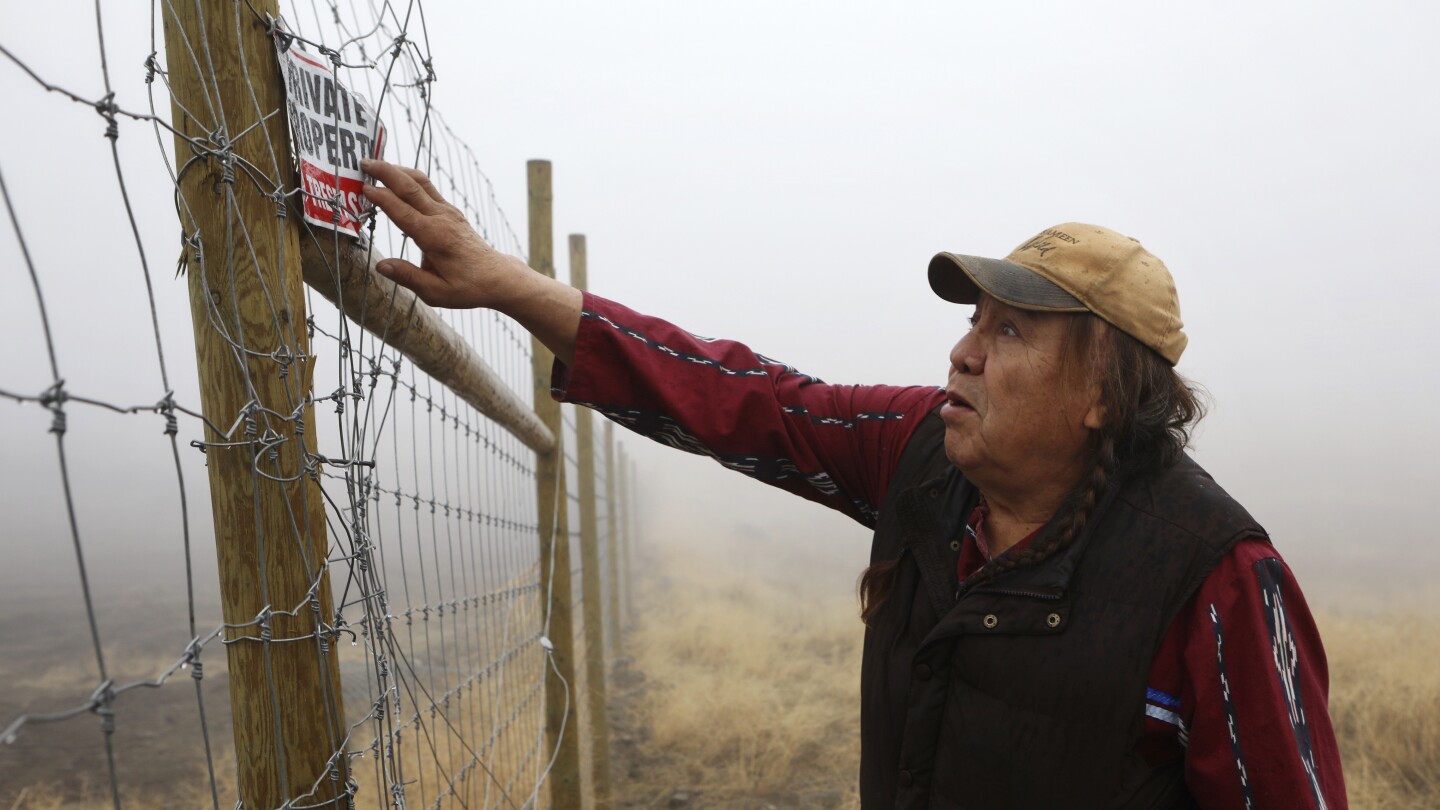New cherry varieties and climate change in British Columbia’s interior have enabled the fruit to grow at higher than usual elevations. Soon, this grassland terrain surrounded by mountains of ponderosa pine will be full of rows of cherry trees along a sloping hill above this city of about 145,000.
On a recent morning, Dixon Terbasket of the Lower Similkameen Indian Band arrived at the gate of a 10-foot (3 meter) high fence built last year. He gestured at a private property sign hanging from the fence on his ancestral homeland — a barrier to keep a soon-to-be-blossoming orchard free from mule deer and elk that once traversed this patch of land.
“The amount of development that’s happening so quickly and rapidly … the urban sprawl is moving out into the wilderness part of it,” said Terbasket, a wildlife technician with the Okanagan Nation Alliance.
If there’s any risk to “key wildlife”, then it shouldn’t be allowed.
At first blush I thought that was Danny DeVito in a wig.
This is the best summary I could come up with:
He gestured at a private property sign hanging from the fence on his ancestral homeland — a barrier to keep a soon-to-be-blossoming orchard free from mule deer and elk that once traversed this patch of land.
The orchard expansion is approximately one-third of a mile (.6 kilometers) away from a wildlife corridor that acts as a crucial link for at-risk species moving through the region’s natural areas, from south of the border in Washington state into the province’s dry interior.
“Animals have to move through landscapes to meet their life history demands,” said Adam Ford, an associate professor in the department of biology at the University of British Columbia-Okanagan and the Canada Research Chair in Wildlife Restoration Ecology.
Home to more than 180 licensed grape wineries and known as “the wine capital of Canada,” the Okanagan Valley is also nationally renowned for fruit orchards that produce apples, peaches and cherries.
Recognizing the population growth, its 2040 official community plan — adopted in 2022 — calls for slowing down urban sprawl to protect agricultural lands and ecologically sensitive areas.
The Kelowna corridor is more closely located to the Sagelands Heritage Program’s cross-border conservation effort dedicated to shrub-steppe landscapes in the Okanagan Valley to south-central Washington.
The original article contains 1,234 words, the summary contains 204 words. Saved 83%. I’m a bot and I’m open source!




